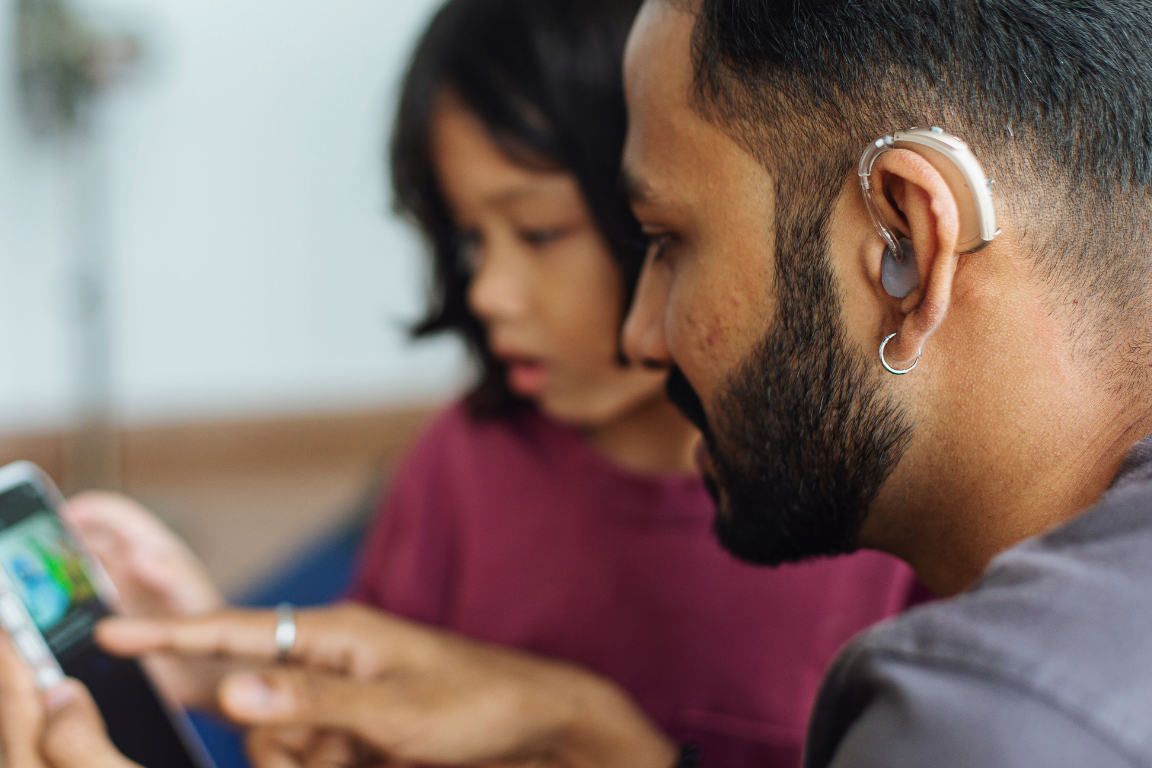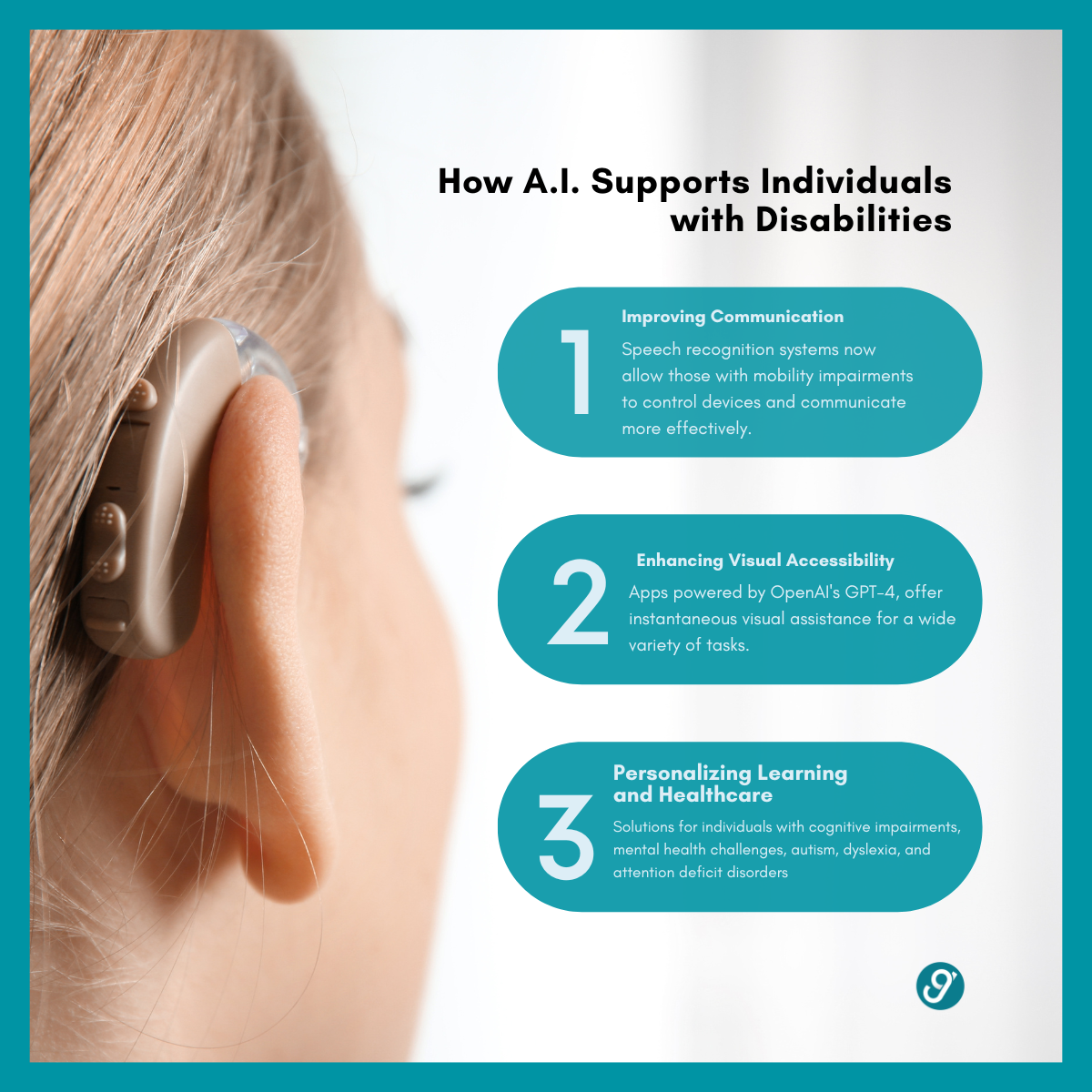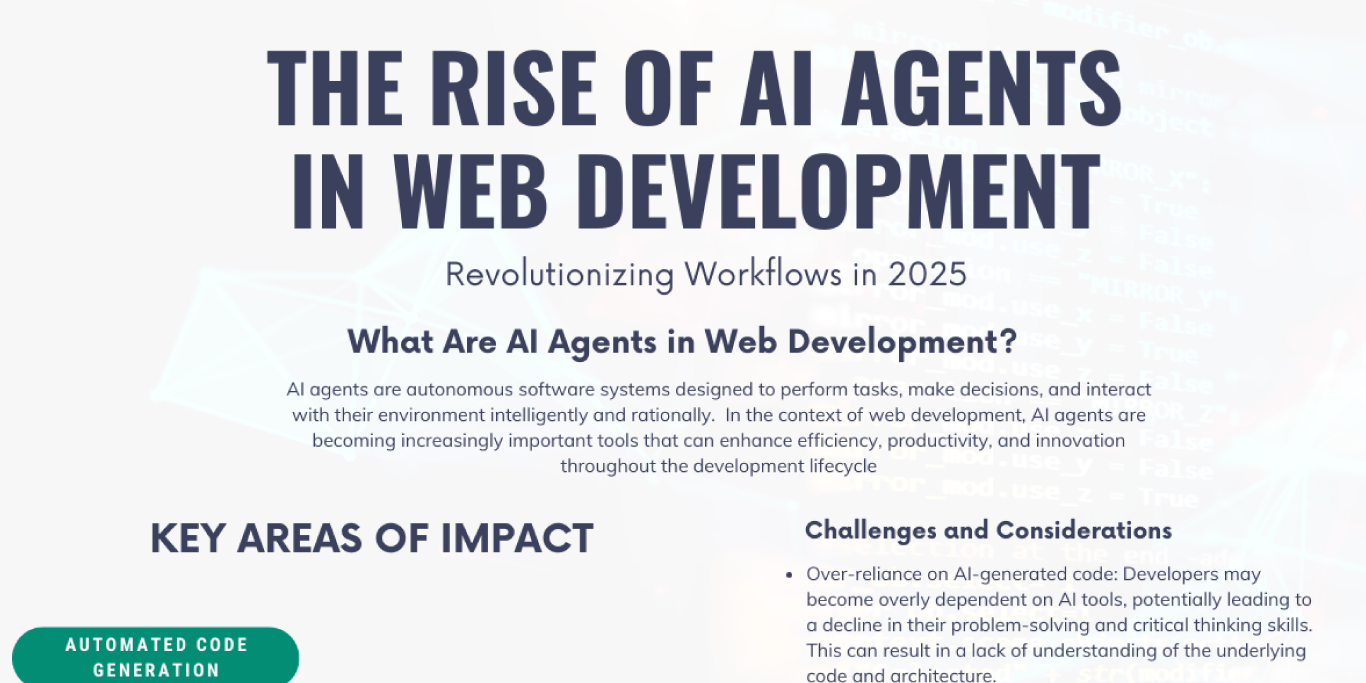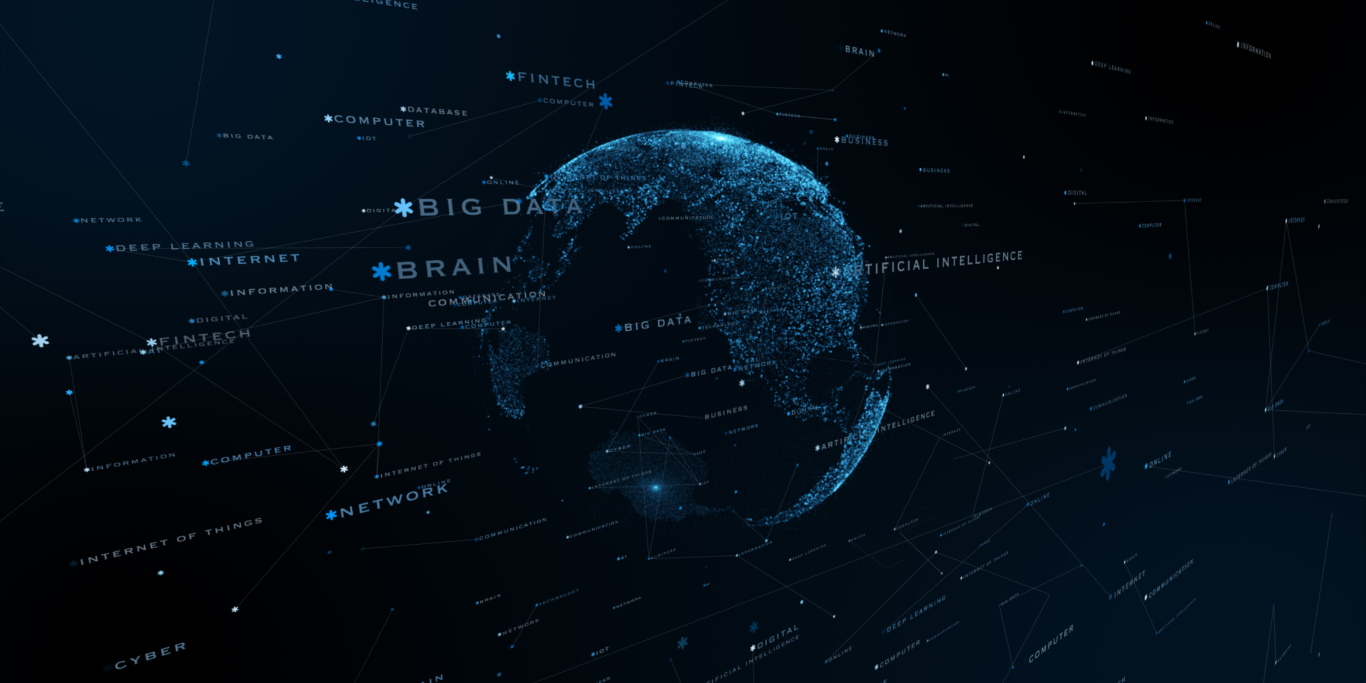Enhancing Lives: How AI Supports Individuals with Disabilities
Artificial Intelligence and Disability: Empowering Lives and Breaking Barriers
In today’s rapidly evolving technological landscape, artificial intelligence (AI) is emerging as a valuable tool for improving the lives of people with disabilities. As we move through 2025, the intersection of AI and assistive technologies is creating new opportunities for inclusion, independence, and support.
Improving Communication
AI-powered communication tools are helping to reduce barriers for individuals with various disabilities. Speech recognition systems now allow those with mobility impairments to control devices and communicate more effectively. For people with hearing impairments, AI-driven apps provide real-time transcription of conversations, including punctuation and speaker identification.

Improving Mobility and Navigation
AI is transforming how people with disabilities navigate the world around them. Project Guideline, a collaboration between Google Research and Guiding Eyes for the Blind, enables visually impaired individuals to walk, jog, and run independently using only a smartphone and headphones20. AccessNow, an AI-powered mobile app, crowdsources accessibility information about public spaces, making it easier for people with disabilities to plan their routes and access amenities

Personalizing Learning and Healthcare
Generative AI is fueling personalized learning solutions for individuals with cognitive impairments, mental health challenges, autism, dyslexia, and attention deficit disorders. In healthcare, AI-powered systems can analyze large amounts of medical data to provide more targeted treatments and predict health outcomes for individuals with disabilities.

Expanding Employment Opportunities
AI is leveling the playing field in the workplace. Adaptive technologies powered by AI are making it possible for people with disabilities to compete more effectively in the job market. From AI-powered recruitment tools to workplace accommodations, these technologies are opening doors to careers that were once challenging or even impossible to access7.

Challenges and Considerations
While the potential of AI in disability inclusion is immense, it’s crucial to address challenges such as data privacy, algorithmic bias, and the need for inclusive design. Ensuring that AI systems are developed with input from the disability community is essential to avoid perpetuating existing biases or creating new barriers
The Future of AI and Disability Inclusion
As we look ahead, the integration of AI into assistive technologies promises to continue revolutionizing accessibility. From AI-powered exoskeletons for individuals with mobility impairments to advanced language models that can understand and generate diverse forms of communication, the possibilities are boundless.
In conclusion, AI is not just transforming industries; it’s transforming lives. By harnessing the power of AI to create more inclusive and accessible technologies, we can build a world where disability does not limit one’s potential. As we continue to innovate and refine these technologies, we move closer to a future where everyone, regardless of ability, can fully participate in all aspects of society.
Related Posts
December 13, 2024
Revolutionizing Web Development with AI-Powered Solutions
The landscape of web development is…




